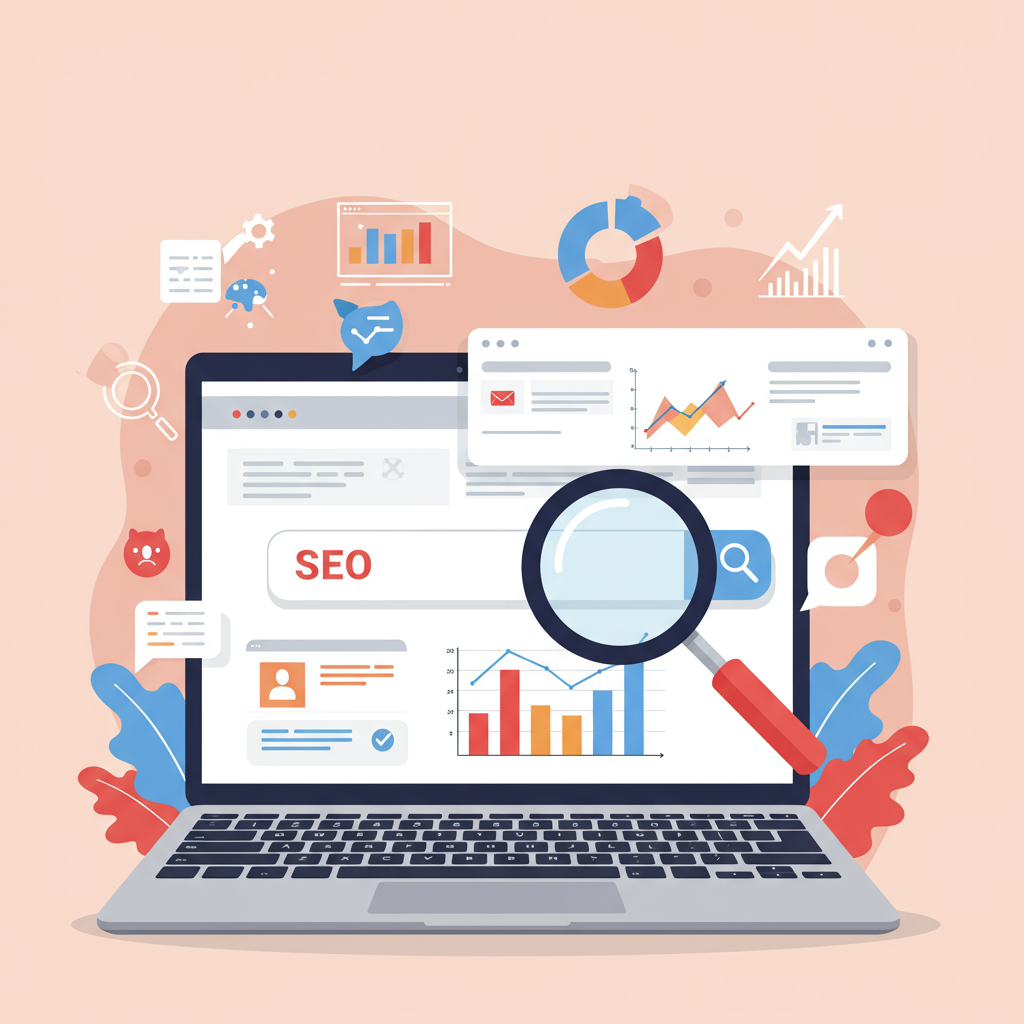Future-Proofing Your Online Store’s Visibility and Sales
Hello fellow merchants! I’m here today to talk about something absolutely crucial for your online store’s future: Search Engine Optimization, or SEO.
Specifically, we’re diving into a comprehensive Shopify SEO checklist designed to propel your business forward into 2026 and beyond.
The digital landscape is constantly evolving, and staying ahead of the curve with your search engine optimization is no longer optional; it’s a necessity for survival and growth.
My goal is to provide you with actionable insights and a clear roadmap to ensure your Shopify store ranks high, attracts more organic traffic, and ultimately, drives more sales.
Let’s start with the absolute foundation: **Keyword Research for 2026**. This isn’t just about finding popular terms anymore; it’s about understanding intent.
I recommend focusing heavily on long-tail keywords, which are more specific phrases that users type into search engines. They often indicate higher purchase intent and less competition.
Think about semantic search and user intent. Google is getting smarter; it understands the context and meaning behind queries, not just exact keyword matches. Your content should reflect this.
Consider voice search optimization too. People are increasingly using virtual assistants like Siri and Alexa, so think about how questions are phrased naturally in spoken language.
Next on our checklist is **On-Page SEO**. This refers to all the optimizations you can make directly on your website to improve its ranking.
For every product page, collection page, and blog post, I urge you to craft unique, keyword-rich meta titles and meta descriptions. These are your store’s storefront in search results, enticing clicks.
Don’t forget your product descriptions. Make them compelling, informative, and naturally integrate your target keywords. Avoid keyword stuffing at all costs; focus on value for the customer.
Image optimization is vital for both SEO and user experience. I always advise using descriptive alt text for all your product images and banners. This helps search engines understand your images and improves accessibility.
Implement structured data (Schema Markup) wherever possible. This helps search engines understand the content on your pages, leading to rich snippets in search results, like star ratings or product availability, which boost click-through rates.
Moving to **Technical SEO**, this is about ensuring your site is crawlable and indexable by search engines, and that it performs optimally.
Site speed is paramount. I’ve seen firsthand how slow loading times can drastically increase bounce rates and negatively impact rankings. Optimize your images, use a fast theme, and consider lazy loading for images.
Ensure your Shopify store is fully mobile-responsive. With the majority of searches now happening on mobile devices, Google prioritizes mobile-friendly websites in its rankings.
Regularly check your sitemap.xml file to ensure it’s up-to-date and submitted to Google Search Console. This helps search engines discover all your important pages efficiently.
Pay attention to your URL structure. Keep them clean, concise, and include relevant keywords where appropriate. Shopify generally does a good job here, but it’s always worth reviewing.
Address any broken links (404 errors) promptly. These create a poor user experience and can signal to search engines that your site isn’t well-maintained, potentially hurting your authority.
**Content Marketing** is where you truly shine and build authority. I believe a robust blog is indispensable for driving organic traffic and engaging your audience.
Create valuable, engaging content that answers your customers’ questions, solves their problems, or entertains them. This builds authority, trust, and keeps visitors coming back.
Consider diversifying your content with videos, infographics, and user-generated content. These formats can significantly boost engagement, social shares, and ultimately, SEO.
Now, let’s talk about **Off-Page SEO**, primarily focusing on building high-quality backlinks.
Backlinks from reputable websites act as votes of confidence for your store. I recommend pursuing guest blogging, collaborations with influencers, and creating shareable content that naturally earns links.
**User Experience (UX)** is increasingly a direct SEO factor. Google’s Core Web Vitals measure aspects like loading speed, interactivity, and visual stability, all contributing to a positive user experience.
I encourage you to regularly monitor these metrics in Google Search Console and strive for excellent scores. A good UX keeps visitors on your site longer and reduces bounce rates.
Don’t forget to set up and regularly review your data in Google Analytics and Google Search Console. These tools provide invaluable insights into your SEO performance, traffic sources, and user behavior.
They help me understand what’s working, what’s not, and where to focus my optimization efforts next for maximum impact.
For Shopify specifically, explore SEO apps from the App Store that can automate tasks or provide deeper insights. Just be mindful not to over-install and potentially slow down your site.
Ensure your Shopify theme is optimized for speed and SEO. Some themes are inherently better structured for search engines than others.
Finally, I want to ask you: What are your thoughts on this comprehensive Shopify SEO checklist for 2026? I’d love to hear your perspective and any challenges you’re currently facing.
By diligently implementing these strategies, I am confident your Shopify store will be well-positioned to thrive in the competitive e-commerce landscape of 2026 and beyond.
Remember, SEO is an ongoing process, not a one-time task. Stay persistent, stay informed about algorithm changes, and watch your organic traffic soar!
Your dedication to these practices will undoubtedly pay off in increased visibility, customer engagement, and ultimately, more sales for your Shopify business.






